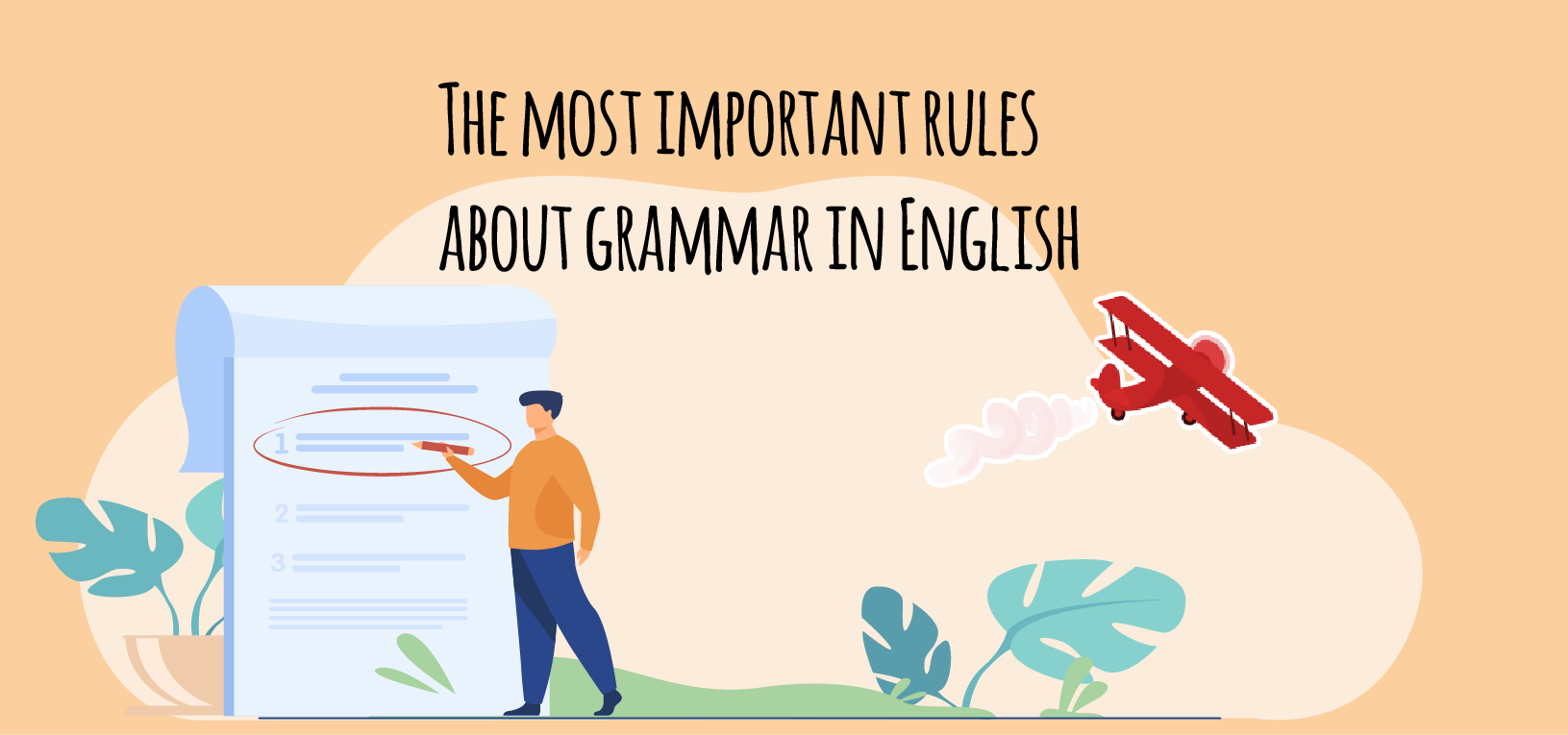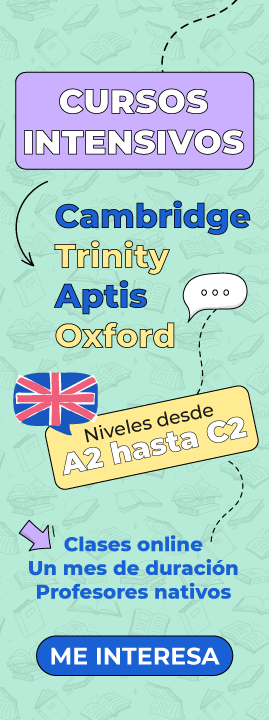The most important rules about grammar in English

The most important rules about grammar in English
ÍNDICE DE CONTENIDOS
Everyone recognizes that the most difficult aspect in the study of a new language is grammar , such is the case of English. It is also true that there is a very general opinion that the rules of English grammar are easier than those of other languages, but a small error can completely alter the meaning of a sentence and this makes it also complicated as the most common language.
Adjectives and adverbs
It is very important that you make sure you use adjectives and adverbs in English properly. For their part, adjectives describe, identify and quantify people or things and are usually placed before a noun. They are not modified if the noun is plural. Adverbs modify verbs, adjectives, and other adverbs. The general rule is that adverbs in English are placed after the verb. For example:
- He is a fast cyclist (adjetivo) Es un ciclista veloz
- speak slowly (adverbio) Habla lentamente (adverbio)
Most adverbs are created by adding -ly to an adjective, as we saw in the example. There are also irregular adverbs in English that do not follow this rule, for example:
- Fast (adjective) – Fast (adverb)
- Hard (adjective) – hard (adverb)
- Good (adjective) – well (adverb)
Pay attention to homophones
They are defined as homophone words , those that are pronounced the same as other words but have different meanings. This can cause several confusion and you have to be careful as unfortunately there are several words of this type in English. For example:
- They’re (they are) – their (su) – there (ahí)
- You’re (You are) – your (Tu)
- It’s (It is) – (Its)
- I (yo) – Eye (Ojo)
- Here (aquí) – Hear (Oír)
- Break (Romper) – Brake (Frenar)
- Flower (Flor) – Flour (Harina)
- Our (nuestro) – Hour (Hora)
For this reason, you must be very careful when writing in English , and make sure you choose the correct word and especially when you hear it, you must take into account the context to know what word it refers to.
Make sure the conjugations are correct
Always keep in mind when using the correct verb that is in line with the subject. Pay close attention as the subjects to be careful with are: he, she and it. These types of subjects usually use a different form than the others. For example:
- he has two dog -correcto (tiene dos perros)
- he have two dogs -incorrecto (el tiene dos perros)
This may seem like a minor mistake, but in English it is very important. Also you have to remember that when we describe something using “There is / are” , the verb must agree with the first item mentions. For example:
- There is a sofa, some chairs and a table. (Hay un sofá, algunas sillas y una mesa).
- There are some chairs, a table and a sofa. (Hay algunas sillas, una mesa y un sofá).
Connect the sentences using conjunctions
If you want to connect two ideas or phrases, you can do so using conjunctions in English.
For example instead of saying:
- I am drinking milk. Milk is important
We can write:
- I’m drinking milk, because it’s important.
The most common conjunctions are:
And (y), Because (Porque), But (Pero),So (Entonces) Or(O).
Examples:
- He likes to sing and performs in a folk group (Le gusta cantar y actua en un grupo folklórico
- We’re going out because we’re bored. (Saldremos porque estamos aburridos)
- She wants to study more but she doesn’t have time. (Ella quiere estudiar más, pero no tiene tiempo)
- Kim is coming round so I’m cleaning my flat. (Viene Kim, así que estoy limpiando mi departamento)
- Would you like tea or coffee? (¿Desearía té o café?)
Construction of sentences
In English grammar, sentences are usually not very long , which means that you do not have to worry about writing very long or very complex sentences
As a general rule, sentences in English have between two and three clauses (Subject + verb + object) joined by a conjunction.
For the sentences in English to be clear, it is advisable to have commas. Because commas help the reader a lot to understand when one sentence ends and another begins. It is recommended to place commas in the following places:
- Between two clauses
- To separate items within a list
- After some conjunctions
- To add information in the middle of a sentence
Always remember the order of the words in the questions
In English, the structure of the questions is different from the affirmative form . So be sure to change the order of the words and add the auxiliary “do”. There are 4 ways to ask questions in English:
- When you use the verb “to be” do so by inverting the subject and the verb. For example: Are you a English ? ¿Es usted inglés?
- When you are going to ask questions in English using the rest of the verbs you have to add the auxiliary ‘do’. For example: Do they live here ?(¿Viven ellos aquí?)
- To ask questions with modal verbs it is necessary to reverse the modal verb and the subject. For example: Can he play the piano? ¿Puede tocar el piano?
- For sentences containing an auxiliary verb, for example “have” in the present perfect, the auxiliary verb and the subject must be reversed. For example, Have you seen Bob?
These rules for English questions apply the same way when we add words like “what, how, why ” to the questions .
Use the correct past tense
Speaking in the past in English is not difficult, as each subject uses the same word to talk about the past, so you do not have to worry about learning six different words as in other languages. However, many verbs are irregular and do not follow the rule of just adding -ed . You don’t need to learn all the irregular verbs in English but try to memorize the most common ones (about 20).
Also, don’t forget to check the next calls available on the number 1 online platform.


